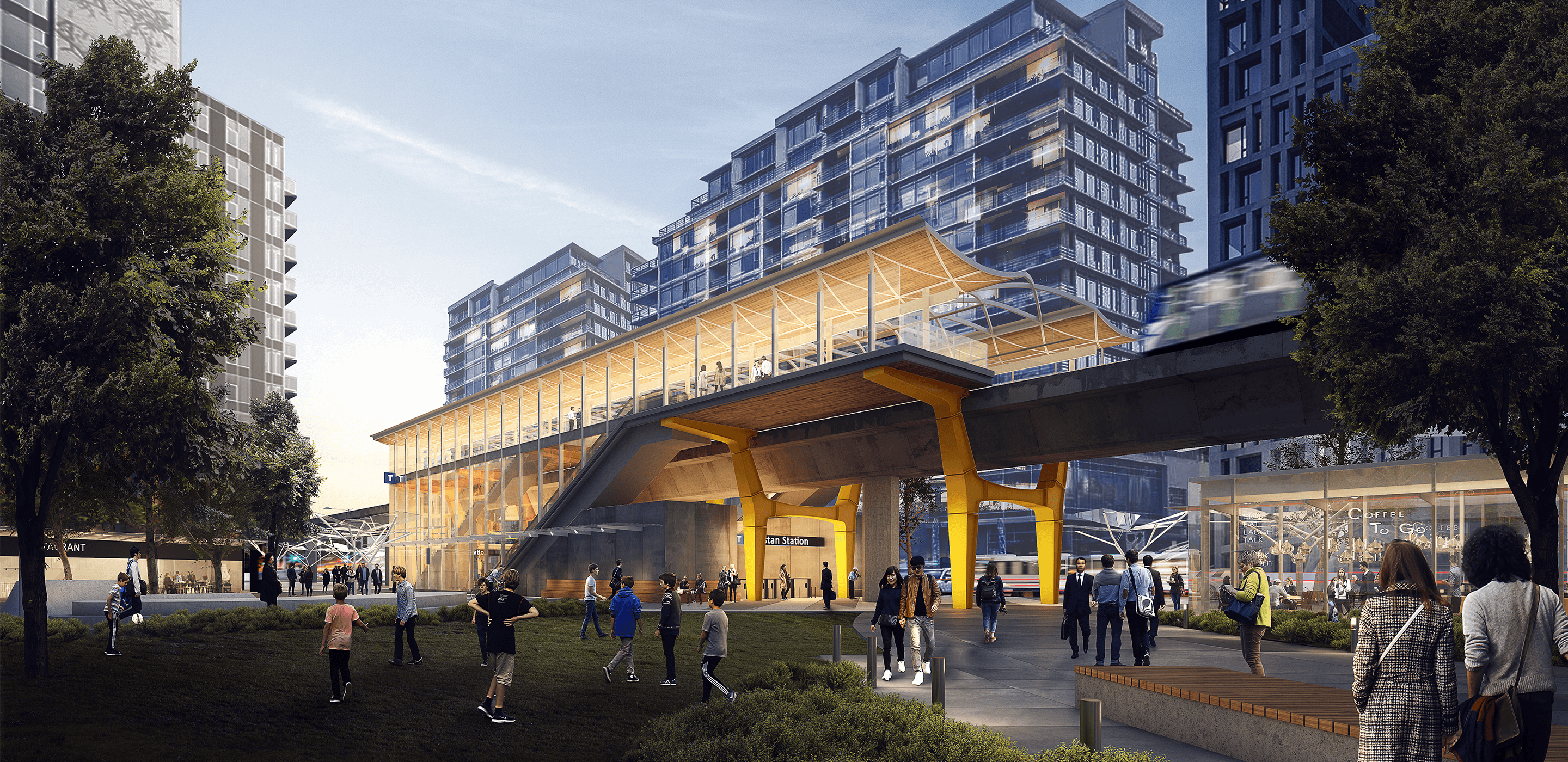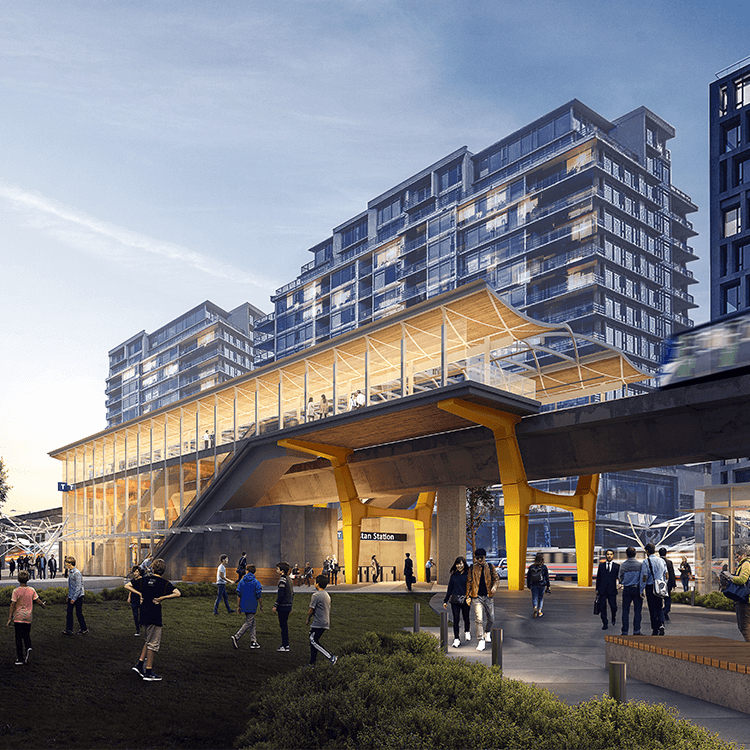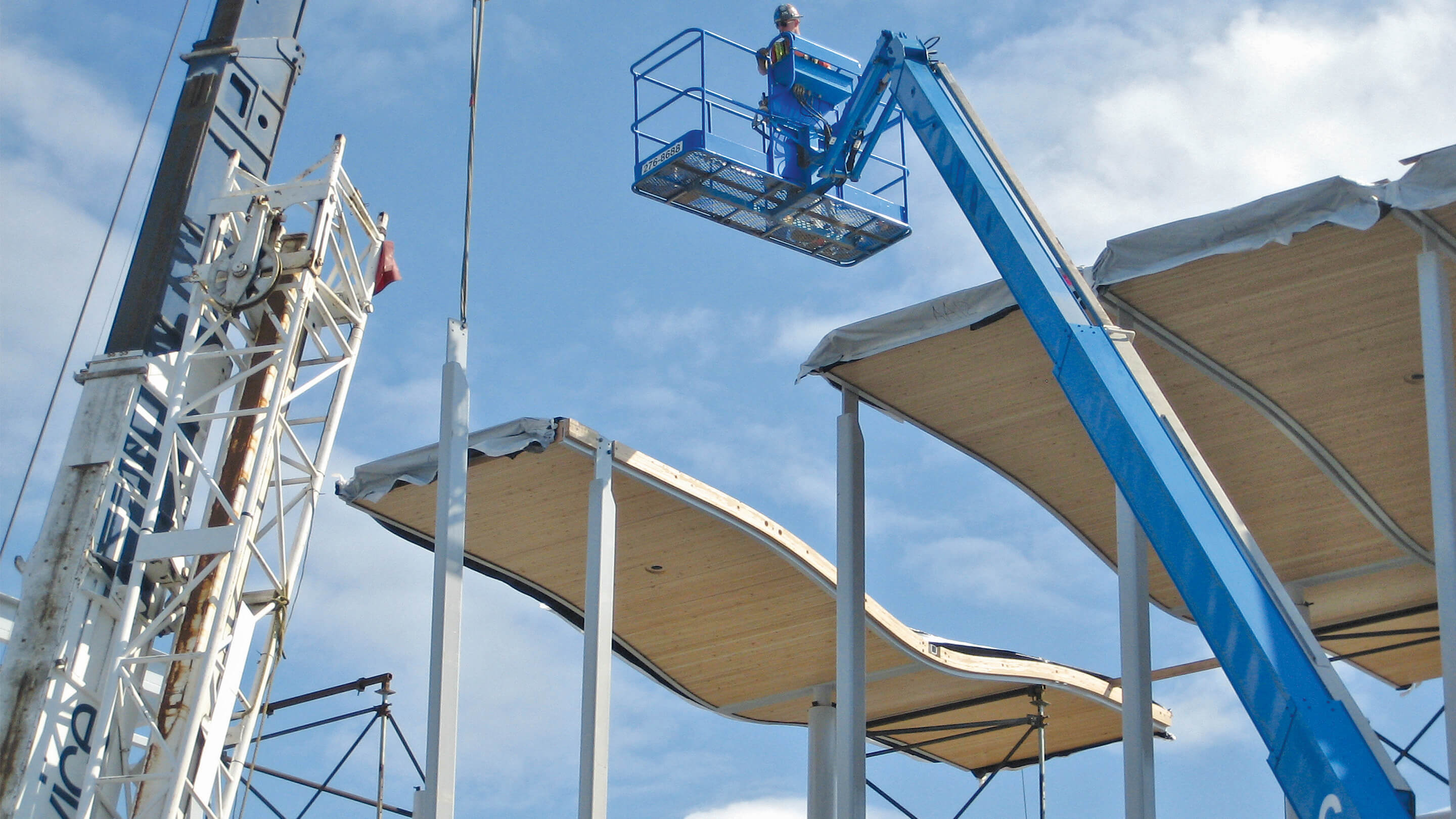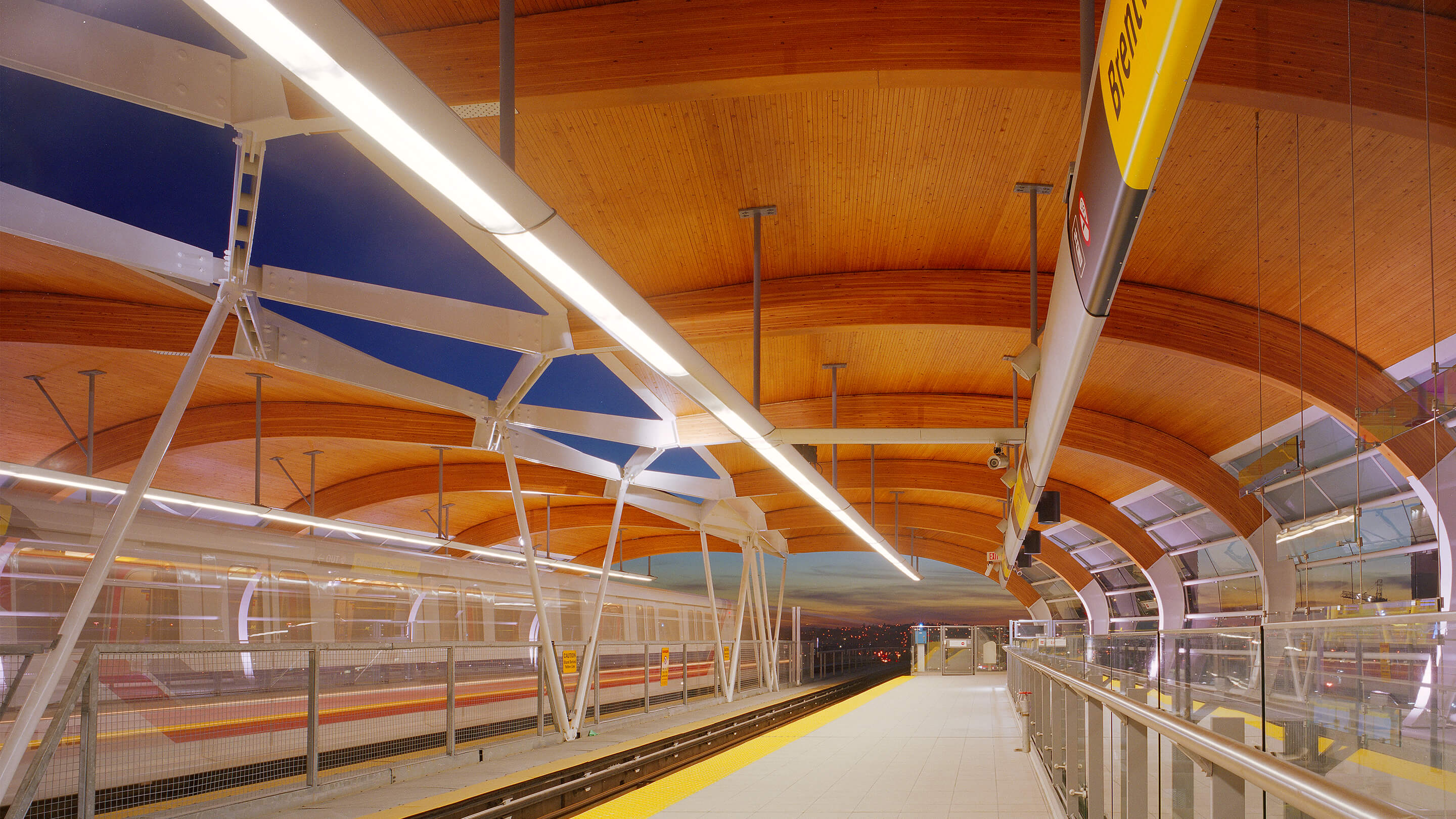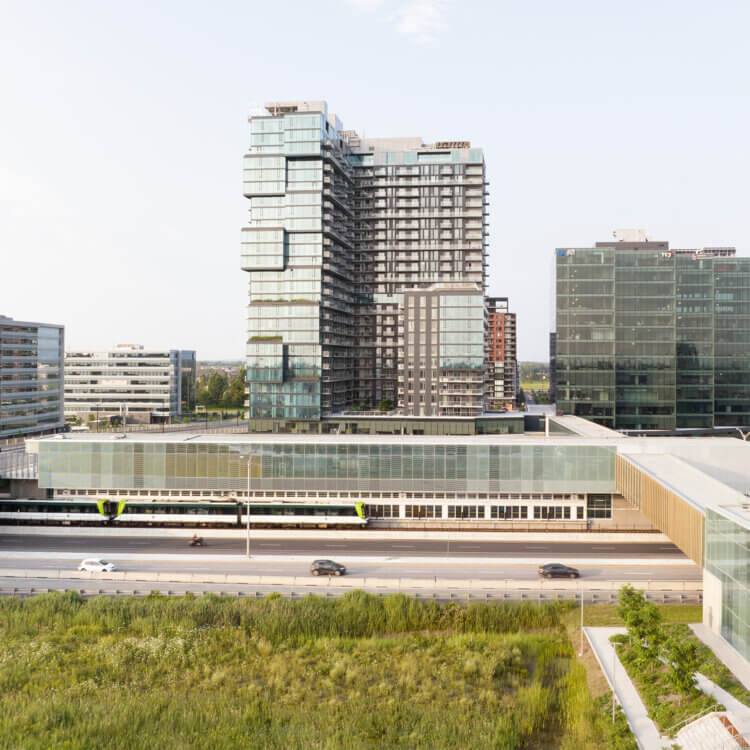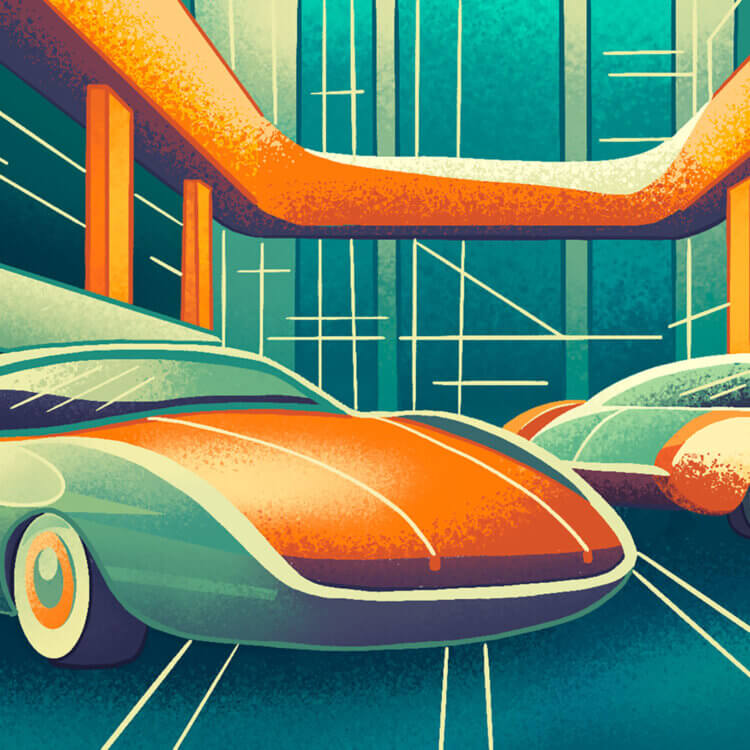03. Reduce cost
Manufacturers of prefabricated components can take advantage of economies of scale, passing the savings on to transit agencies. And modular, prefabricated elements are quicker and easier to manufacture, install, maintain, and replace, resulting in lower costs over a building’s entire lifetime.
In fact, although a project’s initial cost can grab headlines and spur debate, ongoing maintenance expenses over a station’s lifetime can be just as significant. “The cost of sustaining the work beyond opening day is sometimes overlooked,” Bonaventura says. “So we try to embed maintenance efficiencies into our facility designs from the start, and modularity and prefabrication play a big part.”
Minimizing construction time during maintenance activities like repairing or replacing roof or wall panels is particularly important due to the disruption and safety concerns that arise when stations are in active operation. Thoughtfully designed electrical systems and other “behind-the-scenes” infrastructure can fit neatly within or behind prefabricated panels or other components, making access quick and easy. “Performing work on-site becomes very costly because a team of workers comes in while the rest of the station is still functioning,” Bonaventura says. “It’s a high-cost, high-risk situation, but we have to continue to operate.”
